Are you a foodie who is constantly looking for new and fascinating culinary experiences? If so, you’ll want to learn about Tsukemono or traditional Japanese pickled vegetables. Tsukemono is not only a popular side dish in Japan, but it is also an important aspect of Japanese culture and cuisine. Tsukemono has received global recognition for its distinct flavor, texture, and range of tastes. This piece will inform you about the history, types, and health benefits of Tsukemono, as well as how to make your own delectable pickled vegetables.
What is Tsukemono?
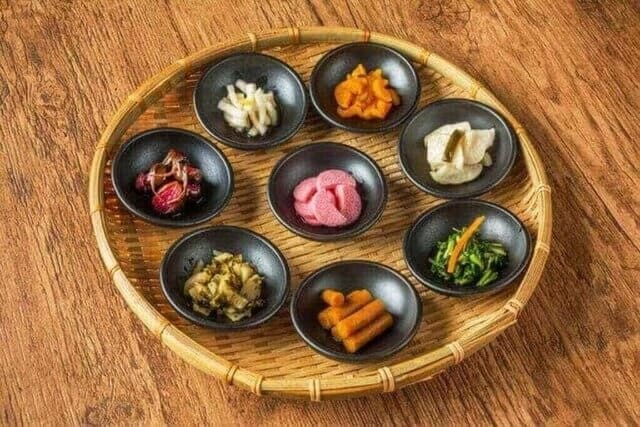
Tsukemono is the Japanese term for pickled vegetables. It is a traditional side dish commonly served with meals in Japan. The process of making tsukemono involves pickling vegetables in salt, vinegar, or a mixture of both. Daikon radish, cucumber, carrot, and eggplant are among the veggies that you can slice, shred, or eat whole. Tsukemono is available in a range of tastes and styles, ranging from sweet to sour and spicy to mild.
Locals use tsukemono as a garnish, in sandwiches, and as a topping for rice dishes, in addition to being a popular side dish. There are many renowned pickles in Japan, but there are also famous pickles in other countries, such as kimchi (Korea), sauerkraut (Germany), and pickles. Fermented foods such as lactic acid fermented pickles involve lactic acid bacteria, shibazuke, and rice bran miso pickles. However, in Europe and China, this type of pickle is popular. They have pickled cabbage (Pao Cai), and pickled vegetables (Swan Tsai).
About the Name
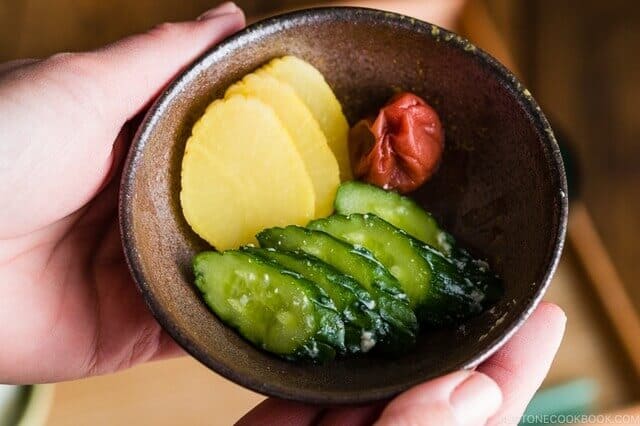
Tsukemono is also referred to as konomono (香の物), oshinko (御新香), or okōkō (御香々), all carrying the meaning of “fragrant dish” in Japanese. The ko or kō (香) portion in these names means “fragrant”. Additionally, in certain regions, like Akita Prefecture, this is called ” Gakko “. These terms were originally used to refer to pickles in general, but they are now frequently used solely to refer to takuwan-zuke, particularly in the Kansai region (now nationwide).
Tsukemono History
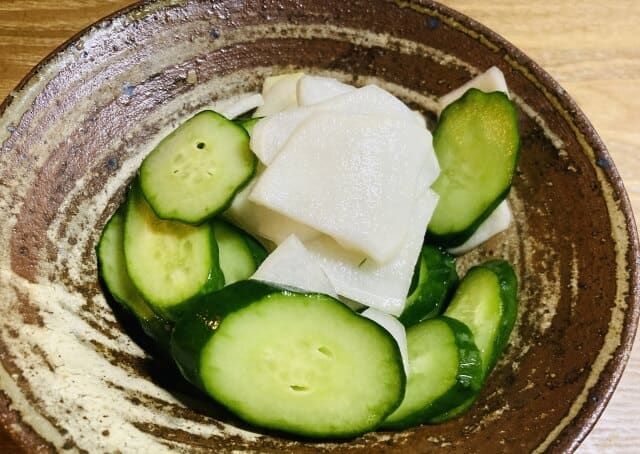
Japanese considered tsukemono to have originated from the salt pickling of vegetables. They regarded pickles, along with dried foods, to be the world’s earliest food processing methods. During the Nara era, which lasted from 710 to 794, vegetables and fruits such as Japanese eggplants, melons, turnips, and peaches were pickled in salt, vinegar, and lees and given to temple priests. Pickles became popular as a side dish at the imperial court during the Heian era (794-1185). The “Engishiki,” completed in 927, described salt pickling bracken, butterbur, chives, and melons in the spring and eggplants, ginger, soybeans, peaches, oysters, pears, and other delicacies in the fall.
Pickles such as myoga pickled in vinegar and sweet pickled cucumbers were introduced into shojin ryori during the Kamakura era, and pickles evolved further at Zen Buddhist temples during the Muromachi period. About the same period, the practice of pickling raw dried daikon radish in salt with rice bran and koji, known as takuan-zuke, started. A variety of vegetables grew throughout the Edo period, and numerous merchants from all across the country began to gather in Edo. As a result, locals developed a method for manufacturing pickles. They previously pickled them for preservation purposes, but research has begun to pickle them for a short amount of time and eat it.
God of Tsukemono and its Special Day
Kayazu Shrine in Nagoya, known as the pickles god, has a pickle-related legend. In appreciation for nature’s abundant gifts, the villagers used to donate the first fruits of the field and seaweed salt obtained from the sea to Kayatsu Shrine in the past. The offerings, however, will spoil with time. A villager concerned that his valuable presents might rot, placed them inside a tortoise and offered them. The people, who were unaware that it was produced by natural fermentation, regarded the mystery flavour that did not change over time as a gift from the gods. According to legend, Kayazu Shrine celebrates the Pickles Festival every year on August 21st, and the pickles industry marks the same day as Pickles Day and spreads the word widely.
Types of Pickles
Cabbage and trout pickles (Aomori)
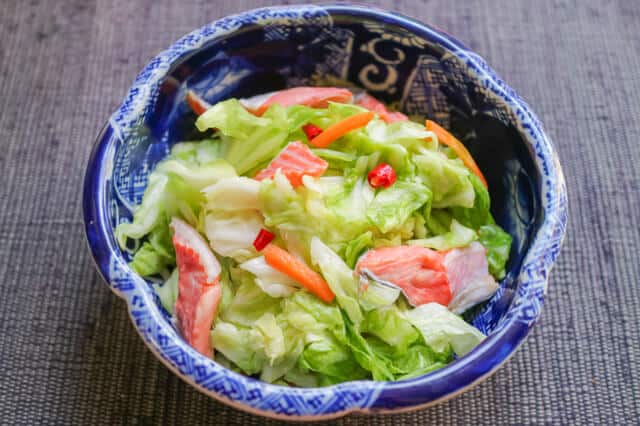
Pickles were a good source of veggies, and each household had its recipe. Locals consumed the salted fish used for pickles regularly since it was well-preserved and went well with white rice.
Akakabuzuke (Niigata)
Aka Kabu Zuke (red turnip pickle) is a traditional local dish made from Hida red round turnips. They are always stored to eat during the winter in snowy areas like Shirakawa-go.
Harihari zuke (Kanagawa)
Harihari zuke (pickled dried daikon) calls for the thicker version (wari boshi daikon). Just like most Japanese pickles, these have a delicate, slightly sweetish taste. Harihari pickles are a standard dish that uses dried daikon radish, and you can enjoy its crispy texture.
Senmaizuke (Kyoto)
“Senmaizuke” is a pickle made by pickling thinly sliced Shogoin turnips in salt and is one of the “Three Great Pickles of Kyoto”.
But did you know that in Kyoto, recently, fruit pickles using fruits are popular among young women such as peaches, persimmons, and pears? This type appeared in “Engishiki”. Its variation was surprisingly rich, from melons and other vegetables to fruits, wild grasses, and edible wild plants. Locals knew that during the Heian period, fruits were pickled.
Umeboshi

Umeboshi is made by pickling plums in salt, drying them in the sun, and pickling them with perilla leaves. It is famous for its strong acidity and used as an ingredient for rice balls since ancient times.
How do different regions of Japan prepare pickles?
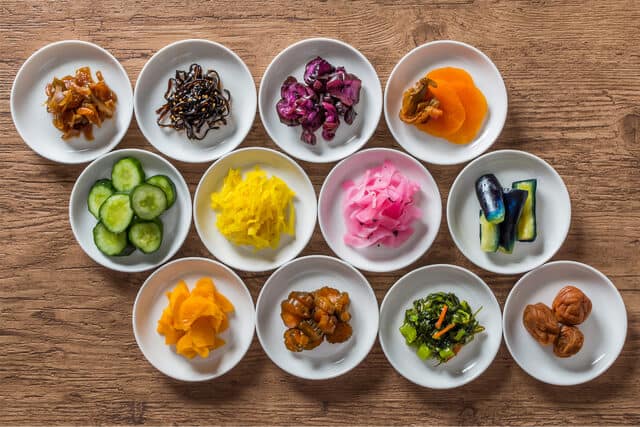
Different regions of Japan have their unique methods for preparing pickles, resulting in a wide variety of flavors and styles.
Kyoto pickles
In Kyoto, they typically made pickles with a variety of vegetables, such as cucumber, eggplant, and radish, that mix of salt and rice bran. This process results in a mild and slightly sweet flavor.
Tokyo pickles
In Tokyo, pickles are made with a single vegetable, such as daikon radish or turnip, pickled in a mix of salt and vinegar. This produces a sharp and tangy flavor.
Osaka pickles
In Osaka, locals mix their pickles with vegetables, such as cucumber, eggplant, and carrot, in a mix of salt, vinegar, and soy sauce. This results in a savory and umami-rich flavor.
Hokkaido pickles
In Hokkaido, with a mix of vegetables pickled in miso paste. This results in a rich and slightly sweet flavor.
Tsukemono FAQ
- What are the health benefits of eating Tsukemono?
Tsukemono is a fermented food that contains beneficial bacteria and offers several potential health benefits, including improved digestion, help promote healthy digestion, enhanced nutrient absorption, increased immunity, reduced inflammation, and potential cancer prevention.
- How long to make and store Tsukemono?
Tsukemono can take a few days to a few weeks to properly ferment, depending on the recipe and type of vegetable used. Once made, it can be stored in an airtight container in the refrigerator for several months to a year, with the flavor continuing to develop over time.
Tsukemono Recipe
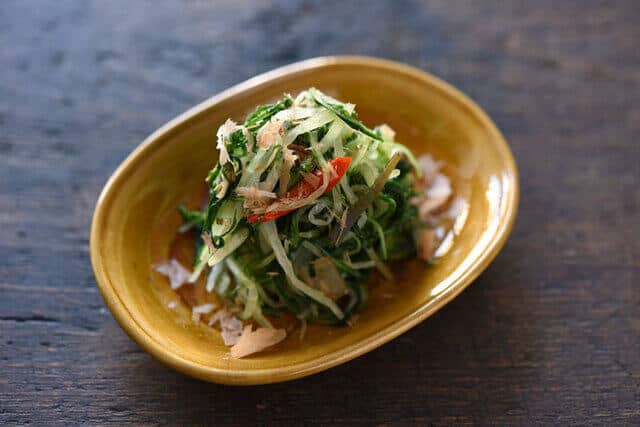
Tsukemono Ingredients
| Ingredients of Tsukemono for 2 persons | Measurements |
|---|---|
| Cucumber | 20g |
| Celery | 8g |
| Carrot | 14g |
| Japanese white radish | 5g |
| Hawk claw | 4g |
| Kelp | 3g |
| Water | 340g |
| Salt | 10g |
How to make Tsukemono
Peel the celery, remove the streaks, and cut them into easy-to-eat pieces. Then, peel the part of the cucumber and cut it into chunks. You should cut the carrot into 3mm-thick half-moon slices, and the radish into 3mm-thick ginkgo slices.
Mix the salt water ingredients in a storage bag and add the deseeded hawk’s claws and kombu seaweed.
After adding them all, seal tightly so that the salt water is all over the vegetables, and leave in the refrigerator for at least 2 hours to complete.
Where to buy Tsukemono
Otsukemono Kitafuku (おつけもの 喜多福)

The restaurant uses a variety of seasonal vegetables and carefully pickles them in our factory attached to the main store. Other than serving Tsukemono, they also have mirin narazuke, umeboshi, and asazuke that they are proud to offer. All of which we have made with time and effort while keeping the recipe and taste devised by the first generation.
Nishiri (西利)
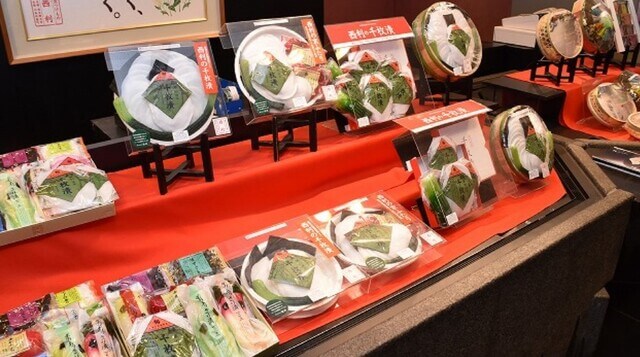
On the 2nd floor of Nishiri Main Store, you can enjoy wine and tea along with delicious seasonal pickles called “Seasonal Kyoto Tsukemono Party”. The shop also offers the “Tsukemono Afternoon Tea” (1,296 yen), which comes with Kyoto-style pickled sandwiches, cold pasta, and dessert. You can enjoy a unique collaboration of sandwiches with Kyoto pickles.
Doi Shibazuke (土井志ば漬本舗)
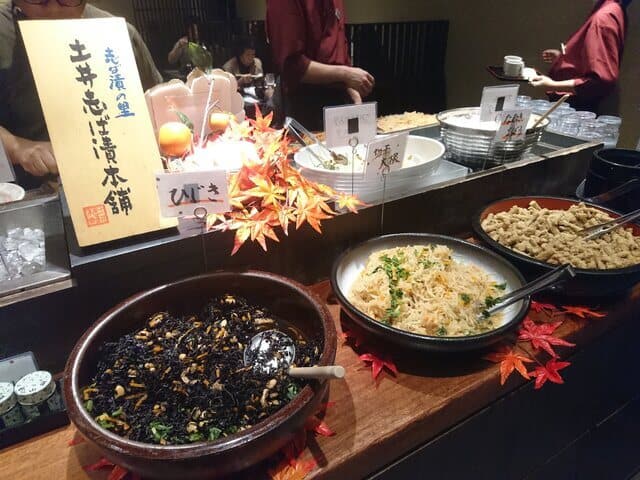
Doi Shibazuke Honpo is famous for its shibazuke. A very popular product pickled eggplant, cucumber, and myoga ginger using dried red shiso. You can also order their “Saikyo-zuke set”, “Tsukemono tempura set”, and “Jidori no tamago-toji-zen”. They mainly consist of mackerel and salmon saikyo-zuke cooked on a kiln and served with other rice and delicious seasonal pickles.
Takeaway
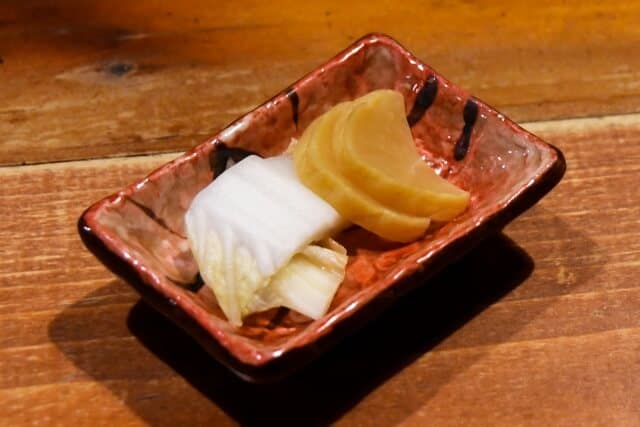
If you’re planning a trip to Japan, don’t forget to try tsukemono! This traditional Japanese pickled dish will surprise your taste buds and provide a unique cultural experience with its crisp texture and powerful tastes. There’s a tsukemono for everyone, from the traditional pickled cucumber to the more experimental pickled daikon radish or eggplant. Therefore, don’t be scared to move out of your culinary comfort zone and give this wonderful and healthful recipe a shot.
You can check some Japanese fermented dishes below that we know you would like to try too.

 牧野悦子-1-1256x832-1.jpg)
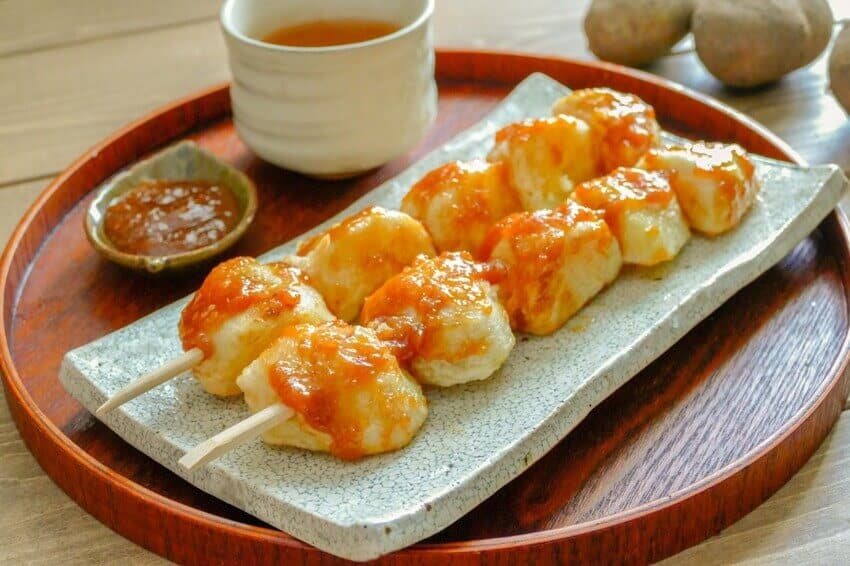
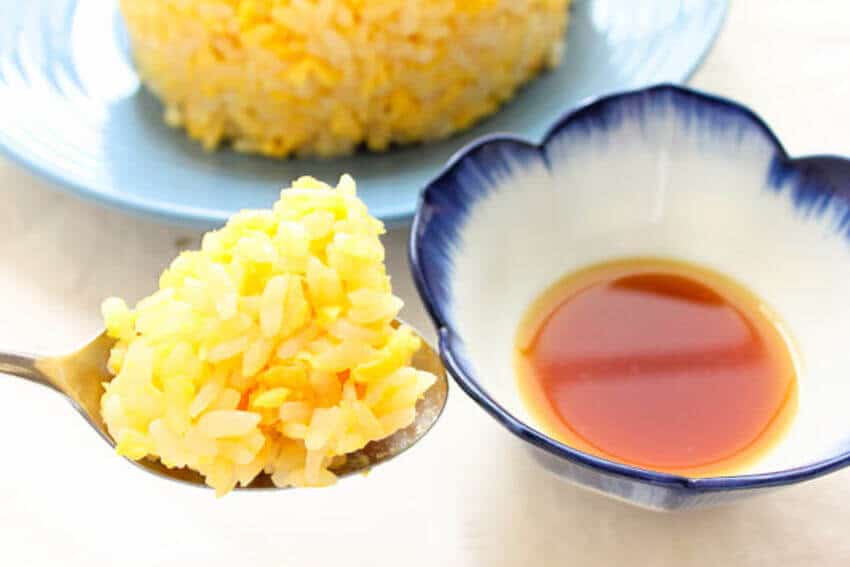
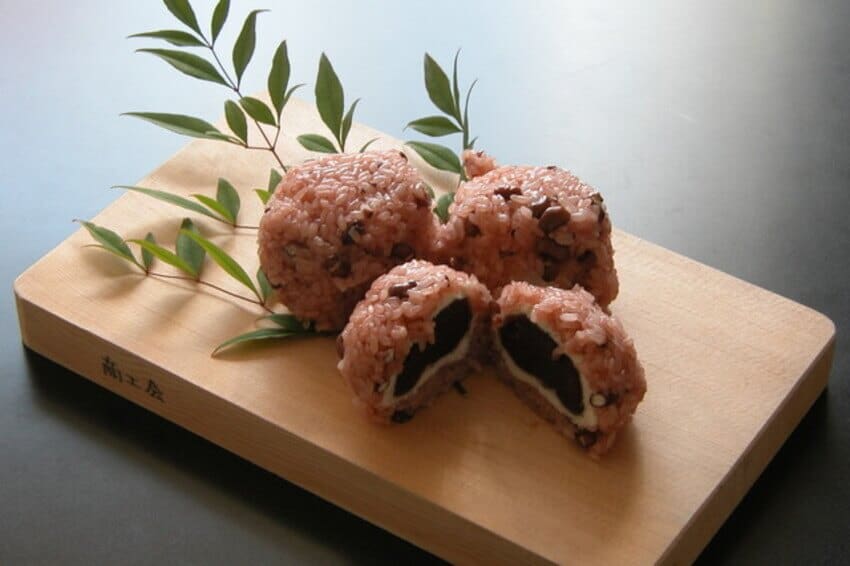

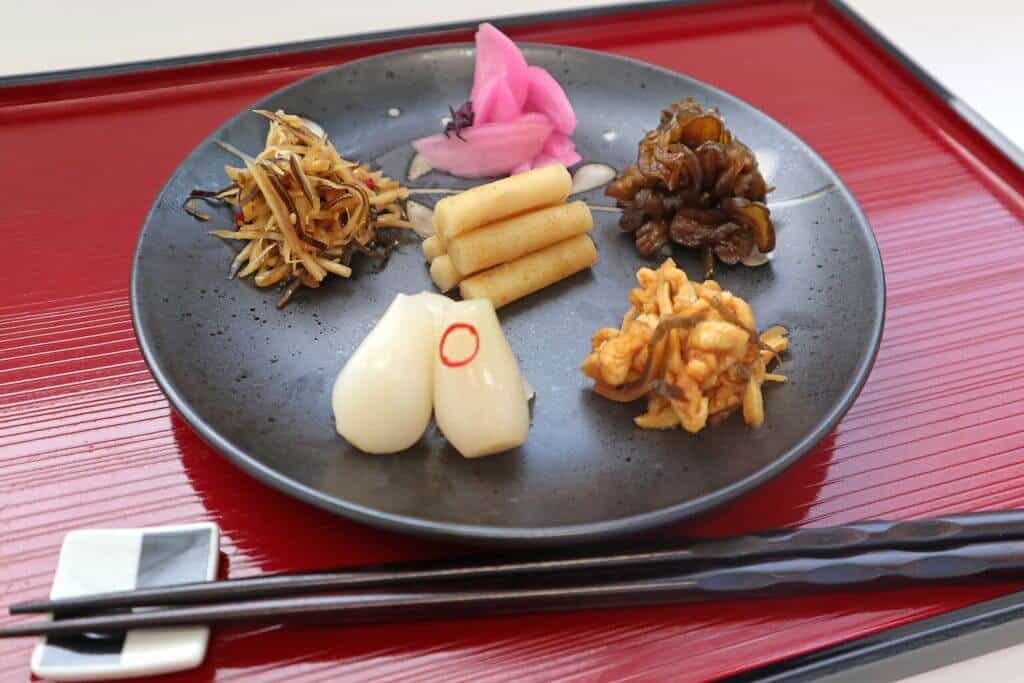
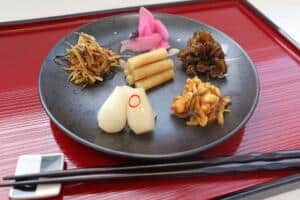
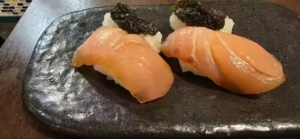
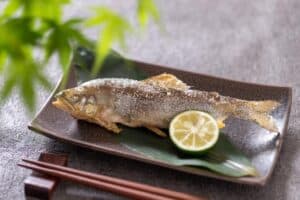
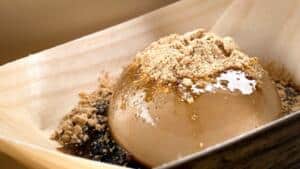
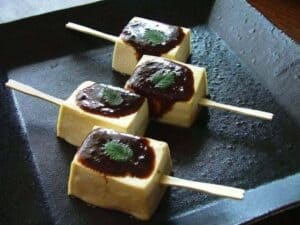
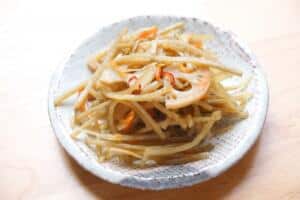



Comments